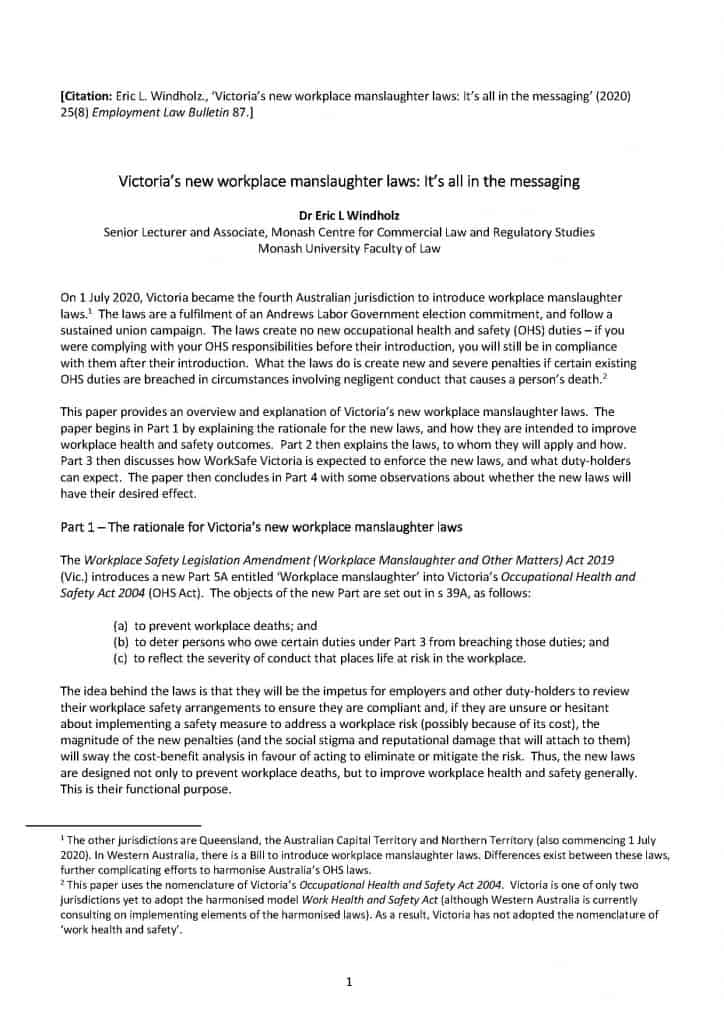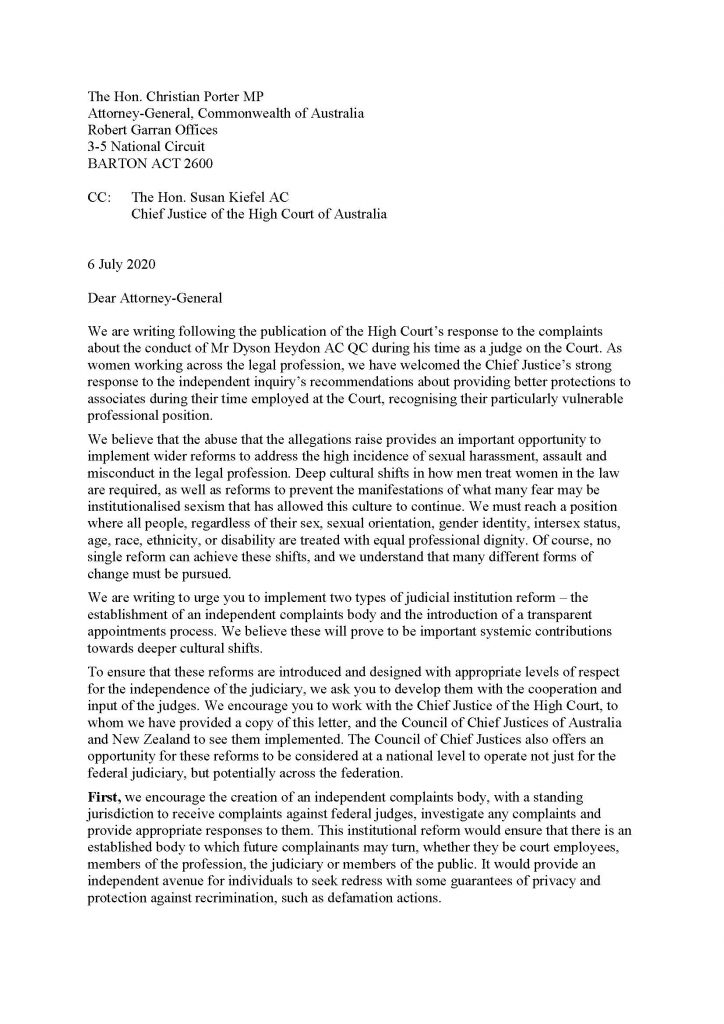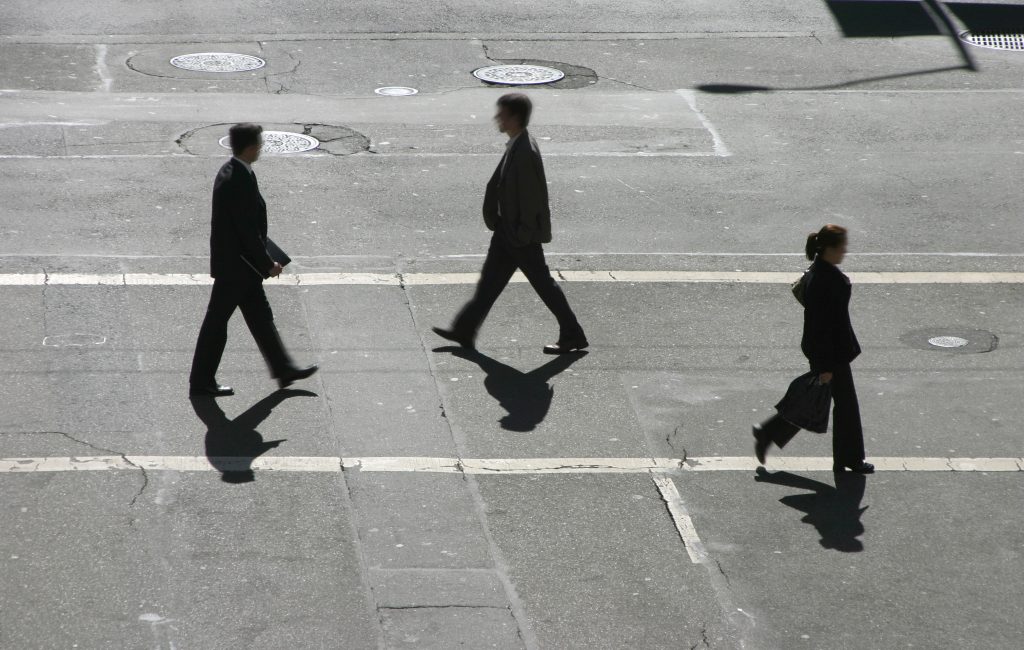
The pursuit of Victorian Premier Daniel Andrews for Industrial Manslaughter (IM) over the spreading of COVID19 from quarantine hotels is developing into a conspiracy if a recent interview with Federal politician, Barnaby Joyce, is any indication.
Previous SafetyAtWorkBlog articles have discussed the opinions on Andrews and Industrial Manslaughter espoused by journalist Robert Gotttleibsen and Ken Phillips. On television on September 28, 2020, breakfast television’s Sunrise program interview the National Party’s Joyce and the Australian Labor Party’s, Joel Fitzgibbon. Host, David Koch, asked Joyce about the resignation of Victoria’s Health Minister Jenny Mikakos over the Hotel Quarantine issues, and Joyce floridly replied:






